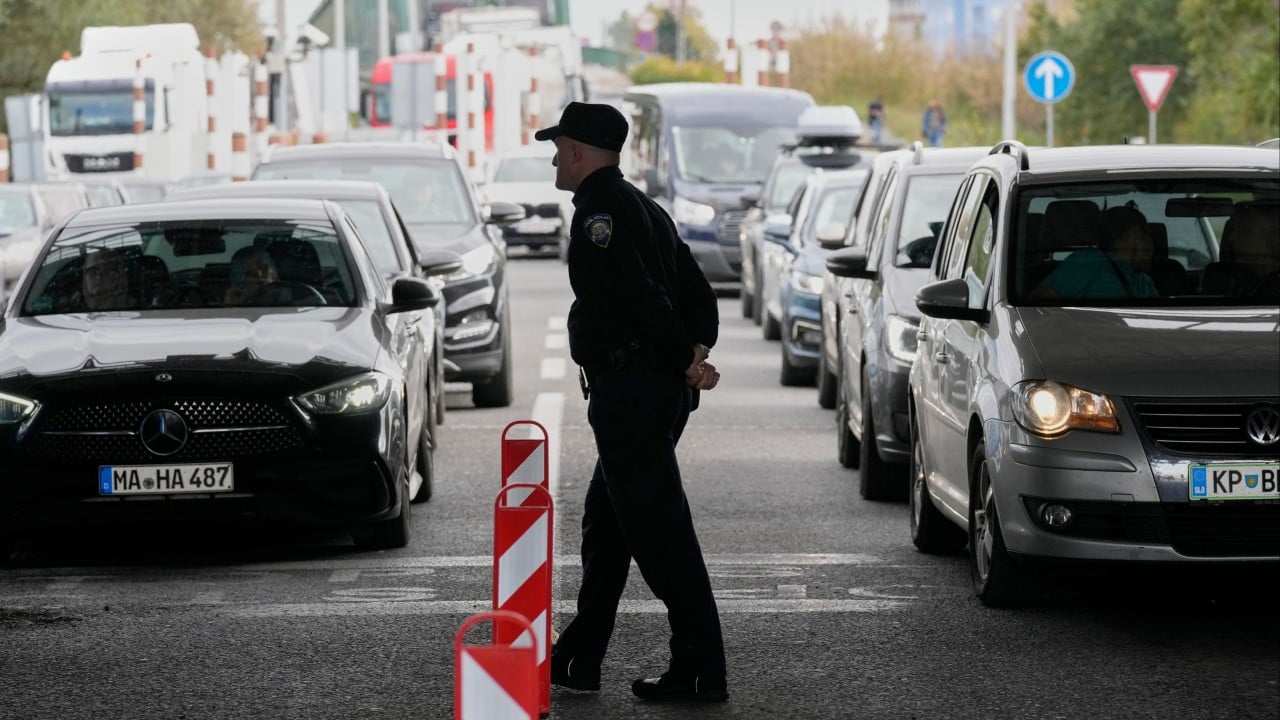From Sunday, non-EU travellers entering Europe’s Schengen open-borders zone will be photographed and fingerprinted at border crossings, as the European Union rolls out its much delayed automated border checks.
Advertisement
The aim of the new system is to eventually replace the manual stamp on passports and secure better information sharing between the bloc’s 27 states.
The border-check system will allow authorities to know when people enter and exit a country, with the goal of better detecting anyone overstaying and those refused entry.
Hotly debated for nearly a decade, the system has raised concerns among transport providers and passengers, who fear it could lead to longer queues at airports and train stations.
To limit disruptions, there will be a phased roll-out. The first phase begins on Sunday.
Advertisement
Non-EU nationals arriving for short stays in EU countries – except Cyprus and Ireland – will be asked for their passport number, to provide fingerprints and have their photo taken at automated kiosks.

